How Gaming Soundtracks Became a Genre of Their Own

Gaming soundtracks used to be a background detail. Something you barely noticed while dodging enemies or collecting coins. But that has changed. Today, video game music has evolved into a fully recognized genre that stands proudly alongside film scores, classical compositions, and even pop. People are not just hearing these soundtracks in the middle of gameplay. They are streaming them during study sessions, workouts, and even commutes. Some fans have never even played the games the music comes from, but they still connect with the sound. That is the real power of this shift. Game music has grown past its source to become an experience of its own. Below is an in-depth look at how game music made a name for itself.
From 8-Bit Beeps to Cinematic Scores

Back in the early days, game music had to work within extreme limitations. Composers were often restricted to a handful of sound channels and tiny file sizes. Yet even with those obstacles, they managed to create memorable, catchy themes that still live rent-free in people’s heads. Think of the original Super Mario Bros. theme or the soundtrack to Tetris. Those tunes were simple but iconic. As technology improved, so did the scope of the music.
By the time we reached the late 90s and early 2000s, games like Final Fantasy, Halo, and The Legend of Zelda were producing orchestral scores that could rival Hollywood blockbusters. Composers were suddenly working with live musicians, layering complex arrangements, and crafting full-length albums. Music became essential to the emotional impact of the game itself. Players were no longer just interacting with visuals. They were being guided and moved by sound in a powerful, deliberate way.
Gaming Soundtracks in Daily Life
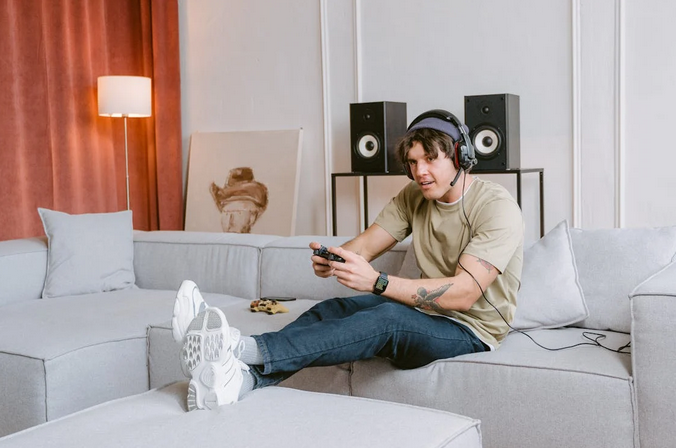
What makes video game music so appealing outside the gaming experience is how versatile it is. Most tracks are built to be immersive but not distracting. That makes them perfect for background listening. Students play ambient game scores while studying. Programmers loop soundtracks like Minecraft or Celeste while coding. Even restaurants and coffee shops have quietly added game music to their playlists. It sets a mood without demanding attention. And then there is the emotional layer.
Songs from games often bring back memories of adventure, challenge, or even comfort. Hearing the opening theme from Skyrim or a battle track from Undertale triggers a personal connection, even years later. This emotional imprint has helped push gaming soundtracks into mainstream listening habits. They are showing up on Spotify charts, in live orchestral concerts, and even on vinyl for collectors. That is no accident. It is a sign that this music is no longer just for gamers. It is for everyone.…


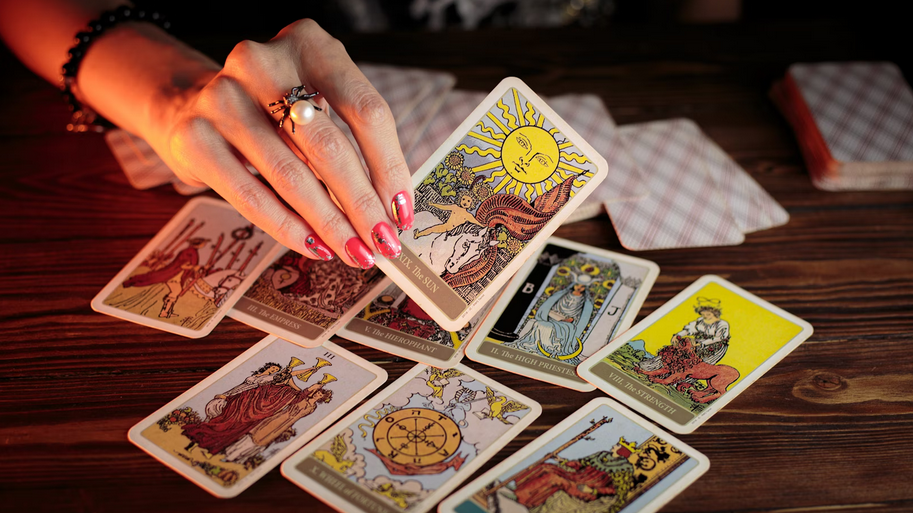

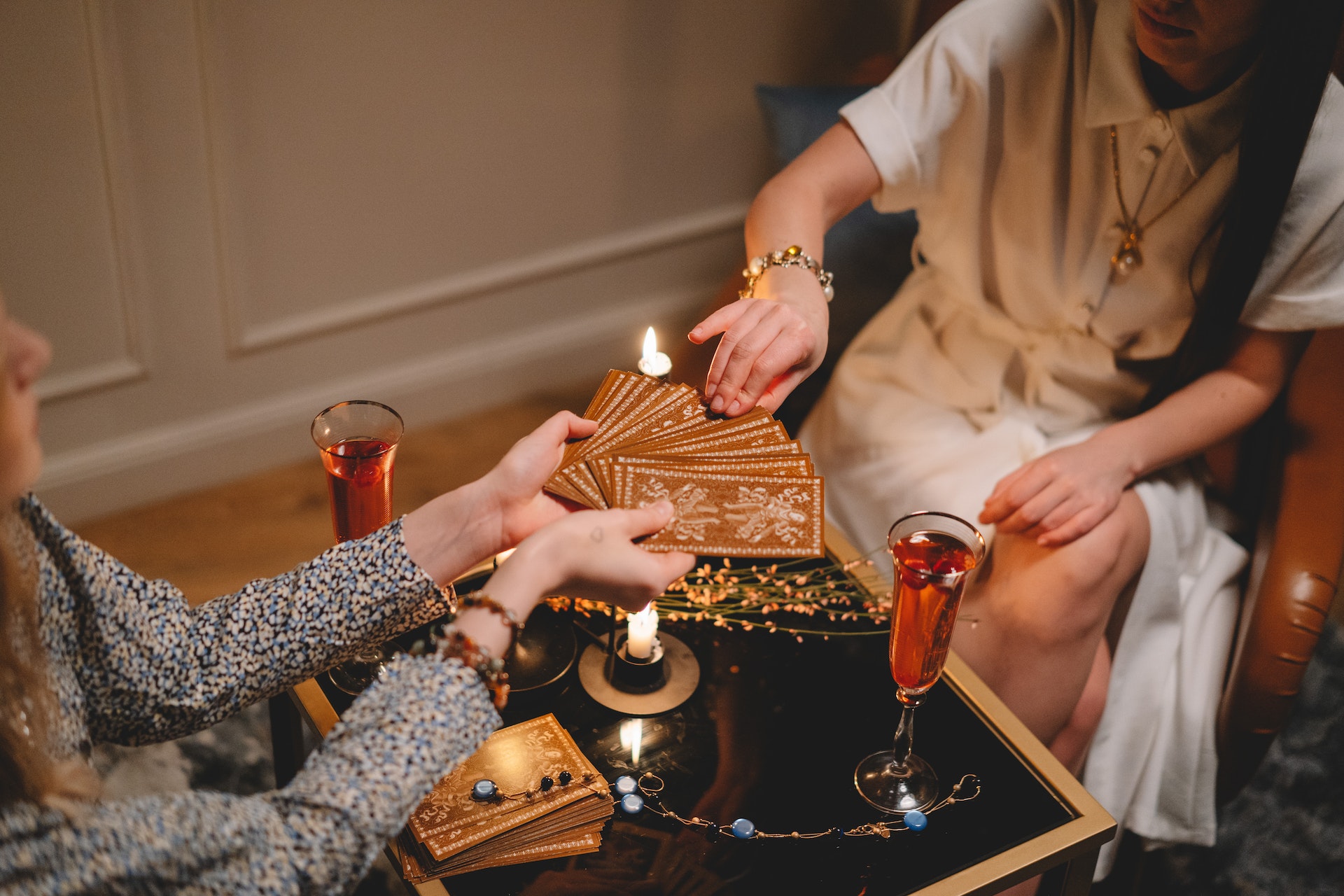





 Lots of items, minor and major objectives, need to be taken care of in DOTA 2. This requires gamers to have a sharp memory and attention to detail, making them more aware and conscious about their choices in the game. Research conducted by Michigan State University has shown that “The cognitive benefits come from the ability to plan ahead, create strategies and adjust those strategies on the fly.” With a sharp memory and attention to detail, you can easily make better decisions, resulting in increased success in the game.
Lots of items, minor and major objectives, need to be taken care of in DOTA 2. This requires gamers to have a sharp memory and attention to detail, making them more aware and conscious about their choices in the game. Research conducted by Michigan State University has shown that “The cognitive benefits come from the ability to plan ahead, create strategies and adjust those strategies on the fly.” With a sharp memory and attention to detail, you can easily make better decisions, resulting in increased success in the game.



 One of the best ways a psychic reading can change your life is by helping you see life’s positive side. Often, we can get caught up in the negative aspects of our lives and forget about all the good things happening around us. A psychic reading can help you to remember all of the good things in your life and can help you to focus on the positive aspects of your life, which can make a big difference in how you feel about yourself and your life.
One of the best ways a psychic reading can change your life is by helping you see life’s positive side. Often, we can get caught up in the negative aspects of our lives and forget about all the good things happening around us. A psychic reading can help you to remember all of the good things in your life and can help you to focus on the positive aspects of your life, which can make a big difference in how you feel about yourself and your life. A psychic reading can help you to find your life’s purpose. If you feel lost or confused about what you should be doing with your life, a psychic can give you clarity and direction. Sometimes, it takes someone else’s perspective to help us see our path more clearly. A good psychic will be able to help you to connect with your higher self and your guides.
A psychic reading can help you to find your life’s purpose. If you feel lost or confused about what you should be doing with your life, a psychic can give you clarity and direction. Sometimes, it takes someone else’s perspective to help us see our path more clearly. A good psychic will be able to help you to connect with your higher self and your guides.
 One of the main benefits of using christian dating websites is that you have increased opportunities to meet other Christians. With so many members on these sites, there is a good chance you will be able to find someone who shares your faith and values. In addition, many of these sites offer search tools that allow you to filter your results by religion, making it even easier to find someone who is a good match for you. Christian dating sites offer the perfect solution for many people looking for partners who share the same values and beliefs.
One of the main benefits of using christian dating websites is that you have increased opportunities to meet other Christians. With so many members on these sites, there is a good chance you will be able to find someone who shares your faith and values. In addition, many of these sites offer search tools that allow you to filter your results by religion, making it even easier to find someone who is a good match for you. Christian dating sites offer the perfect solution for many people looking for partners who share the same values and beliefs. When many people think of dating sites, they think of dull, boring platforms that are a chore to use. This is not the case with Christian dating sites. These platforms are designed to be fun and easy to use, so you can focus on finding your perfect match. You can find features like quizzes, games, and chat rooms on most Christian dating sites, so you can really get to know other members. So, if you’re looking for a fun and entertaining dating experience, you should definitely consider using a Christian dating site.
When many people think of dating sites, they think of dull, boring platforms that are a chore to use. This is not the case with Christian dating sites. These platforms are designed to be fun and easy to use, so you can focus on finding your perfect match. You can find features like quizzes, games, and chat rooms on most Christian dating sites, so you can really get to know other members. So, if you’re looking for a fun and entertaining dating experience, you should definitely consider using a Christian dating site.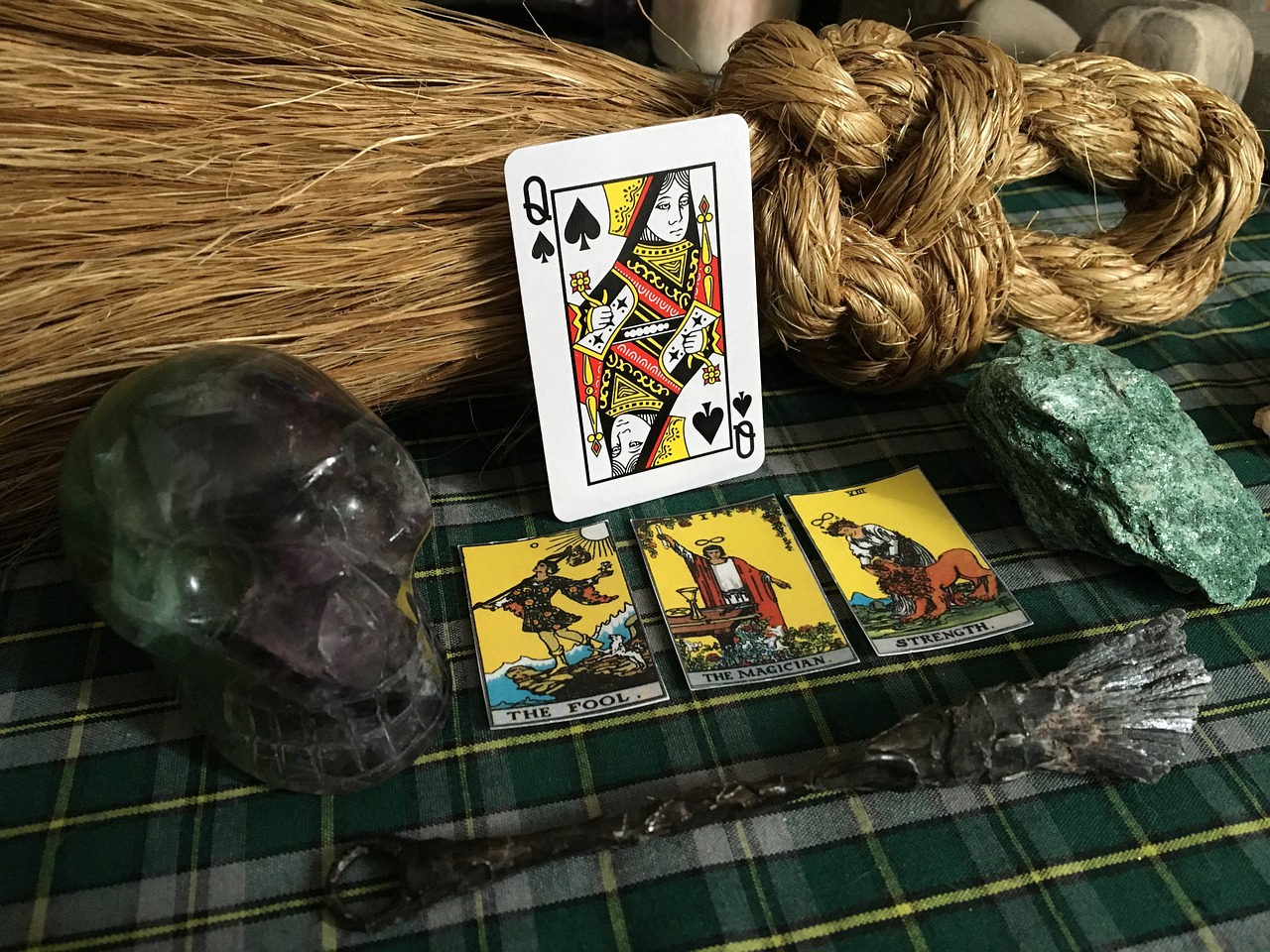
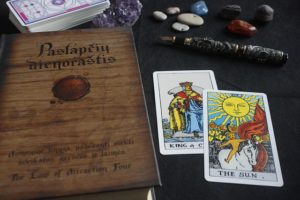 You have to know what you are looking for in a
You have to know what you are looking for in a 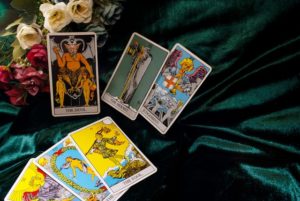 When looking for reviews, it’s important to read them with a grain of salt. Everyone’s experience is different, so take the time to read a few reviews before deciding. It’s also important to remember that not all reviews will be positive. A good psychic reader will also have some negative reviews – after all, you can’t please everyone. Just take the time to read a few reviews and feel what others have said about their experiences.
When looking for reviews, it’s important to read them with a grain of salt. Everyone’s experience is different, so take the time to read a few reviews before deciding. It’s also important to remember that not all reviews will be positive. A good psychic reader will also have some negative reviews – after all, you can’t please everyone. Just take the time to read a few reviews and feel what others have said about their experiences.
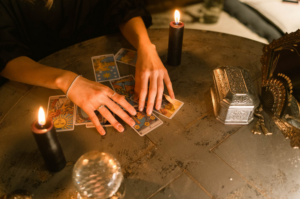 Many people get psychic readings to find out if they are going in the right direction. If you feel lost or don’t know what’s next for you, a psychic reading can give you some much-needed insight. Psychics can help guide you on your path and help you make better decisions.
Many people get psychic readings to find out if they are going in the right direction. If you feel lost or don’t know what’s next for you, a psychic reading can give you some much-needed insight. Psychics can help guide you on your path and help you make better decisions. Many people also use psychic readings to gain insight into their love life or career. If you are curious about what the future holds for your relationships or job, a psychic reading can help! Psychics can give you an idea of what to expect and prepare for the future.
Many people also use psychic readings to gain insight into their love life or career. If you are curious about what the future holds for your relationships or job, a psychic reading can help! Psychics can give you an idea of what to expect and prepare for the future.
 UFB 2 is a gaming application among the top games in the sports category in the Google play store. Over 5 million downloads of the game have been recorded, with the game also getting an overall rating of 4.3 stars. This makes it one of the top-rated games in the sports category and one of the best by far, considering the rating against the number of downloads.
UFB 2 is a gaming application among the top games in the sports category in the Google play store. Over 5 million downloads of the game have been recorded, with the game also getting an overall rating of 4.3 stars. This makes it one of the top-rated games in the sports category and one of the best by far, considering the rating against the number of downloads.
 One of the critical things in playing the piano is the split concentration or divided attention and is vital for sharpening your concentration skills. Playing this instrument involves several simultaneous actions – reading the music, playing with both hands, listening to the notes, and even working pedals sometimes. All those activities are quite a lot to handle at once. When you master employing split concentration with the instrument, you will also significantly improve your multitasking skills in the outside world.
One of the critical things in playing the piano is the split concentration or divided attention and is vital for sharpening your concentration skills. Playing this instrument involves several simultaneous actions – reading the music, playing with both hands, listening to the notes, and even working pedals sometimes. All those activities are quite a lot to handle at once. When you master employing split concentration with the instrument, you will also significantly improve your multitasking skills in the outside world.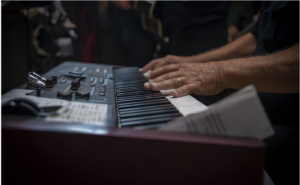 Those who play the piano regularly enjoy lots of physical and physiological benefits. Although you spend most of the time sitting as you play it, you engage your body hence getting some workouts. Other benefits include improvement of the fine motor skills, and enhancing of the hand-eye coordination, among the young developing people.
Those who play the piano regularly enjoy lots of physical and physiological benefits. Although you spend most of the time sitting as you play it, you engage your body hence getting some workouts. Other benefits include improvement of the fine motor skills, and enhancing of the hand-eye coordination, among the young developing people.
 Perhaps one of the most vital benefits of installing a graphic card on a computer is the overall system performance increase. This happens because the GPU relieves the CPU of some of the load, taking over the graphics-related tasks. The RAM is let free from the graphics data since the dedicated GPU comes with its video memory, one that is faster by far than the ordinary RAM or the computer memory. Furthermore, a dedicated graphics card will be better in performing graphics related-tasks than the built-in graphics.
Perhaps one of the most vital benefits of installing a graphic card on a computer is the overall system performance increase. This happens because the GPU relieves the CPU of some of the load, taking over the graphics-related tasks. The RAM is let free from the graphics data since the dedicated GPU comes with its video memory, one that is faster by far than the ordinary RAM or the computer memory. Furthermore, a dedicated graphics card will be better in performing graphics related-tasks than the built-in graphics.
 to various people. The good thing is there are so many avenues where you can listen to music. You should come up with the best playlist to keep you entertained. Organizing your playlist also guarantees you the best experience as you listen to various types of
to various people. The good thing is there are so many avenues where you can listen to music. You should come up with the best playlist to keep you entertained. Organizing your playlist also guarantees you the best experience as you listen to various types of  that is why it is normally played in most social events. Birthday parties, graduations, promotion parties, wedding ceremonies, and several other events are some you won’t miss music. It is usually meant to celebrate several things marked in a specific event and also keep those in attendance entertained.…
that is why it is normally played in most social events. Birthday parties, graduations, promotion parties, wedding ceremonies, and several other events are some you won’t miss music. It is usually meant to celebrate several things marked in a specific event and also keep those in attendance entertained.…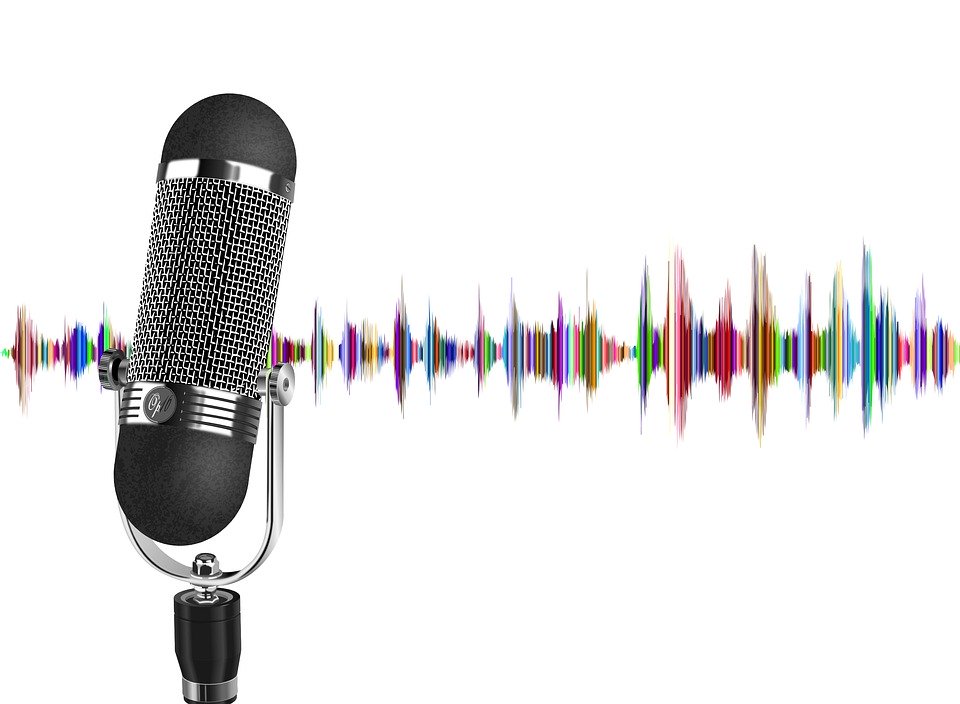





 Durability
Durability
 Remember that when you are betting, you have both the chances of winning and losing. That is why it is advisable to research and know the top-rated sporting sites that can help you succeed. They will give you a clear picture of the services they offer, and you will also know what other gamblers who have used the site in question experienced. Therefore, through your research, you will know some of the betting sites that you should include in your list.
Remember that when you are betting, you have both the chances of winning and losing. That is why it is advisable to research and know the top-rated sporting sites that can help you succeed. They will give you a clear picture of the services they offer, and you will also know what other gamblers who have used the site in question experienced. Therefore, through your research, you will know some of the betting sites that you should include in your list.

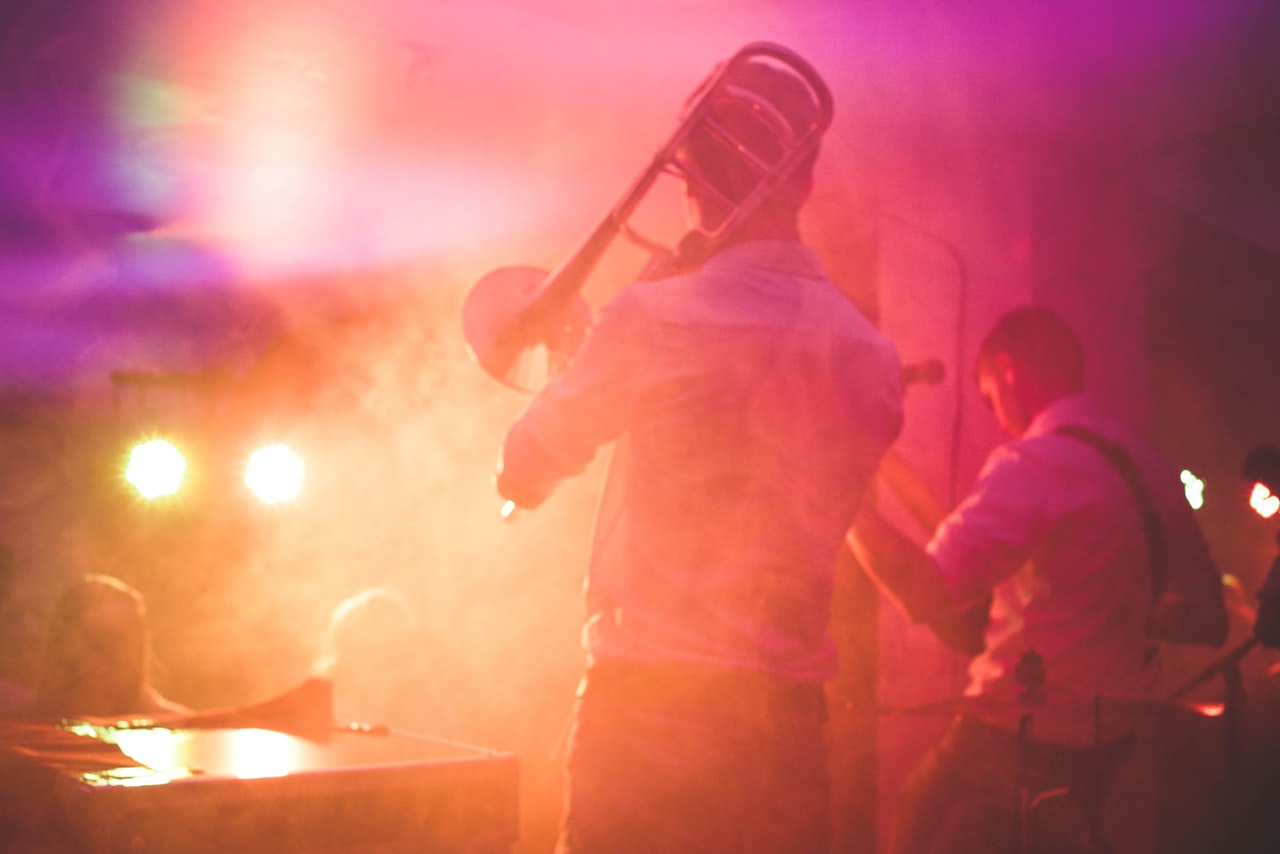

 tricks that seem more like reality. They will use various techniques to tune your mind to believe that what they are doing is real magic.
tricks that seem more like reality. They will use various techniques to tune your mind to believe that what they are doing is real magic. magician. Different magicians are meant to perform in specific functions. You will find those who do their magic in corporate events alone while others perform in functions like birthday parties. Get to know your audience first before going for the right magician.…
magician. Different magicians are meant to perform in specific functions. You will find those who do their magic in corporate events alone while others perform in functions like birthday parties. Get to know your audience first before going for the right magician.…


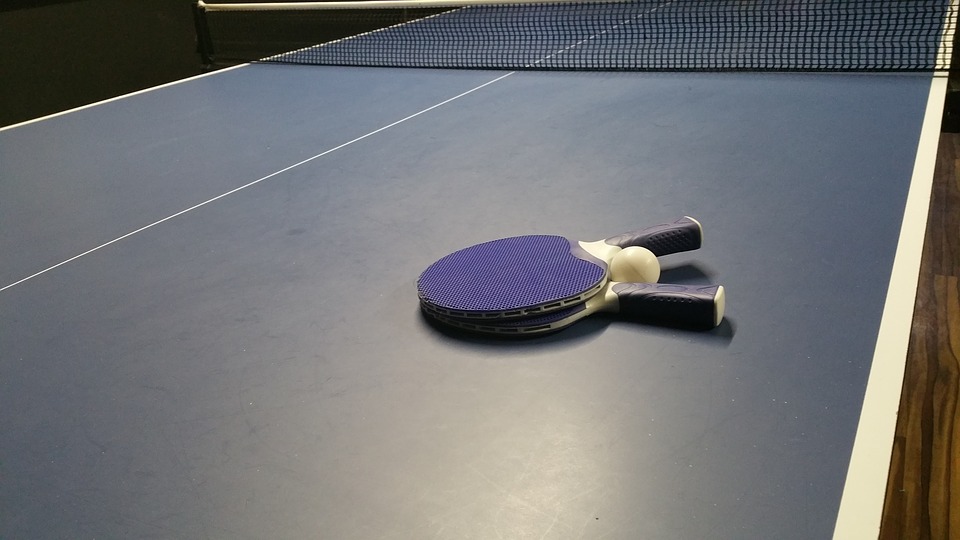
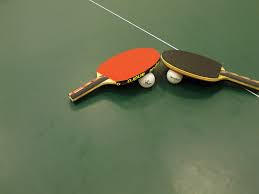 position makes you prepared to face your opponent and react on time. This position requires the player while facing the table to have their knees bent, bend the torso slightly, elbows bent, and your racket hand bent forward. Again, how you stand also depends on whether you are a right handed or left handed player.
position makes you prepared to face your opponent and react on time. This position requires the player while facing the table to have their knees bent, bend the torso slightly, elbows bent, and your racket hand bent forward. Again, how you stand also depends on whether you are a right handed or left handed player.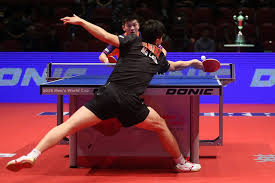
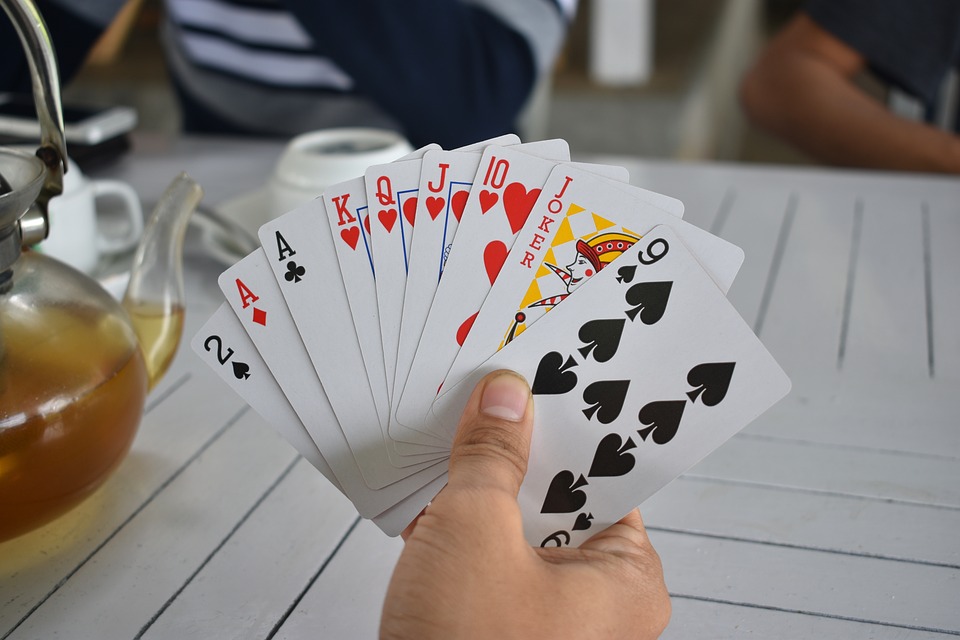
 If you usually play 20-30 BB’s deep, then 75 BB’s may seem to be a monster stack to you. However, you can go with 75 BB stacks and call 3-4 BB’s. This can seem to be marginal play. The opponent has to make a hand which is big enough to be worth the stack, but less enough not to beat you. It is quite difficult to play speculative hands such as one-gappers and connectors. The truth is that a good flop will not be coming around always. Thus, you ought to have deeper stacks.
If you usually play 20-30 BB’s deep, then 75 BB’s may seem to be a monster stack to you. However, you can go with 75 BB stacks and call 3-4 BB’s. This can seem to be marginal play. The opponent has to make a hand which is big enough to be worth the stack, but less enough not to beat you. It is quite difficult to play speculative hands such as one-gappers and connectors. The truth is that a good flop will not be coming around always. Thus, you ought to have deeper stacks. You are required to play a lot of hands on the button. It is not about blind stealing, but rather about leveraging your position. Although you can raise the hand from the button, you are free to call and even re-raise more raises, particularly when there are several players in the pot. Usually, tournament players call and re-raise aggressively to defend the blinds that make sense whenever the stacks are shallow. Other than risking less, you are sending a message to bullies to stay away from your blinds.…
You are required to play a lot of hands on the button. It is not about blind stealing, but rather about leveraging your position. Although you can raise the hand from the button, you are free to call and even re-raise more raises, particularly when there are several players in the pot. Usually, tournament players call and re-raise aggressively to defend the blinds that make sense whenever the stacks are shallow. Other than risking less, you are sending a message to bullies to stay away from your blinds.…
 An entrepreneur wanting to own and start a nightclub must have an idea of what theme they intend to bring out in the nightclub. Is it going to have live music, a DJ playing the music or maybe a mixtape as the first source of entertainment?
An entrepreneur wanting to own and start a nightclub must have an idea of what theme they intend to bring out in the nightclub. Is it going to have live music, a DJ playing the music or maybe a mixtape as the first source of entertainment? Every country or area has licensing procedure for any business operation. Therefore appropriate licenses should be considered for acquisition to avoid interference with the smooth running of the business once started, especially from the authorities.
Every country or area has licensing procedure for any business operation. Therefore appropriate licenses should be considered for acquisition to avoid interference with the smooth running of the business once started, especially from the authorities.
 The A-list rapper and R&B star was accused of running his household like a cult. The rumors surfaced after a series of interviews were conducted with former nannies of the star. The nannies had worked in his Atlanta and Chicago residences. Shockingly, the women admitted that R. Kelly has been forcing them to perform sexual acts with him and being denied food until he expressly permitted them to do so. His lawyer rubbished all these allegations and a hailstorm of accusations and counter-accusations started. The hailstorm is yet to die down.
The A-list rapper and R&B star was accused of running his household like a cult. The rumors surfaced after a series of interviews were conducted with former nannies of the star. The nannies had worked in his Atlanta and Chicago residences. Shockingly, the women admitted that R. Kelly has been forcing them to perform sexual acts with him and being denied food until he expressly permitted them to do so. His lawyer rubbished all these allegations and a hailstorm of accusations and counter-accusations started. The hailstorm is yet to die down.
